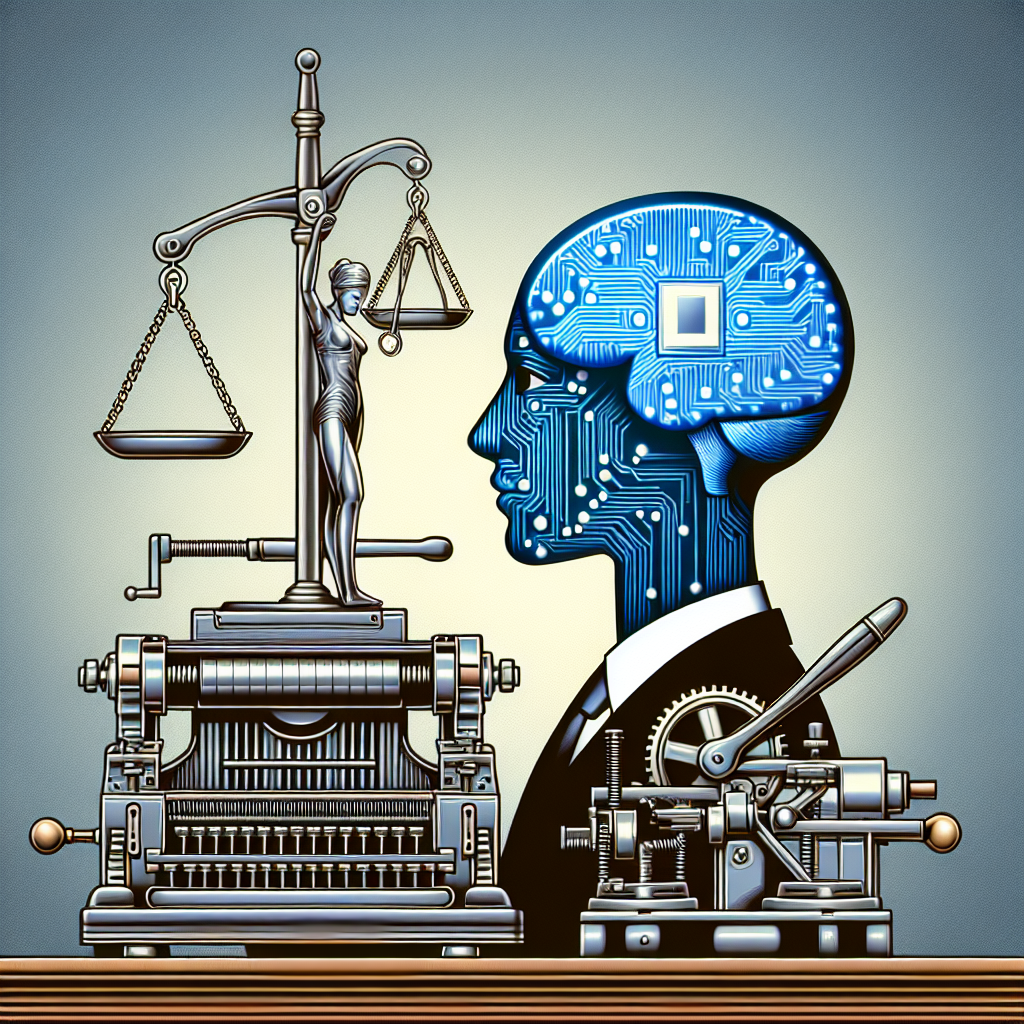Artificial Intelligence (AI) has revolutionized various industries, and journalism is no exception. With the rise of AI in newsrooms, there has been a significant impact on the ethics and standards that govern journalism. While AI technologies offer numerous advantages in terms of efficiency and accuracy, they also raise important ethical questions that need to be addressed.
One of the key areas where AI is playing a crucial role in newsroom ethics and standards is in content creation. AI-powered tools can generate news stories, write headlines, and even edit videos. This has the potential to streamline the production process and increase the speed at which news is delivered to the public. However, there are concerns about the quality and accuracy of AI-generated content, as well as the potential for bias or misinformation to be introduced.
Another area where AI is making an impact on newsroom ethics is in the detection of fake news and misinformation. AI algorithms can analyze large amounts of data to identify patterns and trends that may indicate the spread of false information. This can help journalists and news organizations to verify the accuracy of their sources and ensure that they are reporting on reliable information.
AI technologies are also being used to personalize news content for individual readers. By analyzing user data and preferences, AI algorithms can deliver tailored news articles that are more relevant and engaging for each reader. While this can enhance the user experience, there are concerns about the potential for AI to create filter bubbles and echo chambers, where individuals are only exposed to information that aligns with their existing beliefs.
In addition to content creation and verification, AI is also being used to improve the efficiency of newsroom operations. For example, AI-powered tools can help journalists to identify relevant sources, fact-check information, and even automate routine tasks such as transcription and translation. This can free up journalists to focus on more in-depth reporting and analysis, but it also raises questions about the impact of automation on job security and the quality of journalism.
As AI continues to play a larger role in newsrooms, it is important for journalists and news organizations to consider the ethical implications of these technologies. Transparency, accountability, and fairness are key principles that should guide the use of AI in journalism. Newsrooms must be transparent about the use of AI technologies and how they are being used to produce and deliver news content. Journalists should also be trained to understand the limitations and biases of AI algorithms, so that they can critically evaluate the information that is being generated.
Furthermore, news organizations should establish clear guidelines and standards for the use of AI in journalism, including protocols for fact-checking, source verification, and editorial oversight. It is essential to ensure that AI technologies are used in a responsible and ethical manner, and that they do not compromise the integrity or credibility of news reporting.
In conclusion, AI has the potential to transform the way news is produced, delivered, and consumed. While there are many benefits to using AI in newsrooms, there are also important ethical considerations that need to be addressed. By upholding the highest standards of transparency, accountability, and fairness, journalists and news organizations can harness the power of AI to enhance the quality and impact of their reporting.
FAQs:
1. How can AI improve the accuracy of news reporting?
AI can help journalists to fact-check information, verify sources, and detect fake news and misinformation. By analyzing large amounts of data, AI algorithms can identify patterns and trends that may indicate the spread of false information, allowing journalists to produce more accurate and reliable news stories.
2. What are the ethical concerns surrounding the use of AI in newsrooms?
Some of the key ethical concerns include the quality and accuracy of AI-generated content, the potential for bias or misinformation to be introduced, the impact of automation on job security, and the creation of filter bubbles and echo chambers. Newsrooms must be transparent, accountable, and fair in their use of AI technologies to ensure that they uphold the highest standards of journalism ethics.
3. How can journalists and news organizations address the ethical implications of using AI?
Journalists should be trained to understand the limitations and biases of AI algorithms, so that they can critically evaluate the information that is being generated. News organizations should establish clear guidelines and standards for the use of AI in journalism, including protocols for fact-checking, source verification, and editorial oversight.
4. What are some examples of AI technologies that are being used in newsrooms?
AI-powered tools are being used to generate news stories, write headlines, edit videos, personalize news content, identify fake news and misinformation, and automate routine tasks such as transcription and translation. These technologies have the potential to streamline newsroom operations and enhance the efficiency and accuracy of news reporting.

